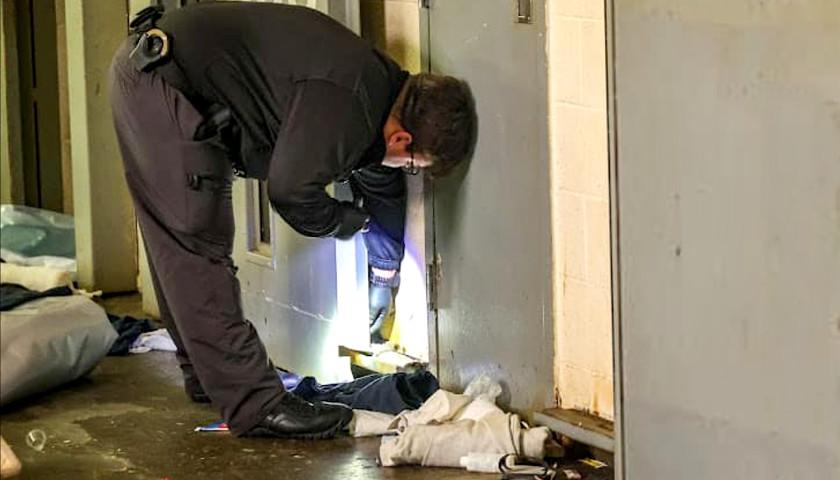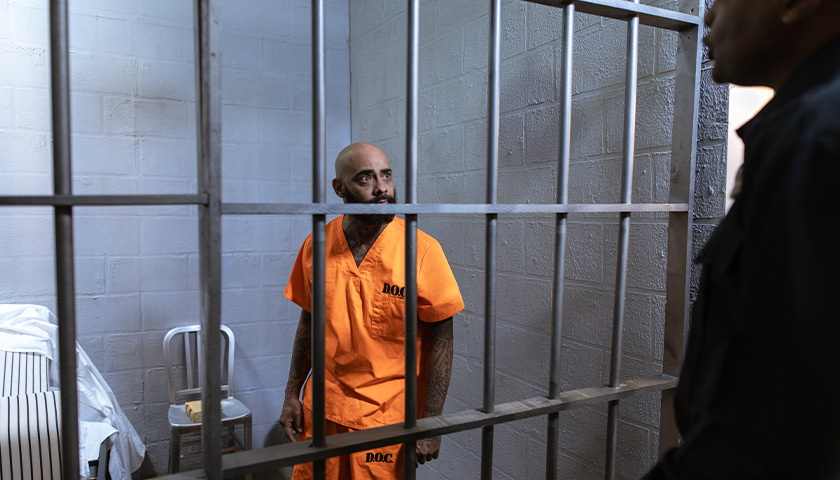by T.A. DeFeo
Overcrowding at the Fulton County jail costs taxpayers millions of dollars on top of making for a dangerous environment.
“There’s a fiscal impact of the overcrowding,” Amelia Joiner, chief counsel to Fulton County Sheriff Pat Labat, told the Fulton County Jail Subcommittee. “It’s caused an increase in medical costs, food costs; we’ve had to contract and hire supplemental security. Our staff has to spend more of their off time supporting the jail and making sure that it is as safe as we can have it.”
The subcommittee is investigating the “root causes” and possible solutions for fixing the Fulton County Jail following a string of deaths at the facility.
However, as a result of various efforts, including partnering with prosecutors, working to release eligible inmates and outsourcing the housing of some inmates, the jail population has declined from a high of roughly 3,700 inmates to 2,915 at the end of October, including 1,928 at the main jail on Rice Street. Currently, the Rice Street facility — one of five facilities that make up the jail — has an operational capacity of 1,875.
Between Jan. 1 and Nov. 1, the jail reported 337 fights, 293 stabbings, at least one fire and 10 deaths, two of which were homicides. Authorities confiscated 1,186 shanks and 133 cell phones.
“The physical plant has become so dilapidated that the inmates are able to create weapons by reaching into the walls, using broken flooring, electrical covering, pipes, etc., to create makeshift weapons,” Joiner said. “We recognize that we did not cause our population, and we can’t fix the systemic problems that plague the Fulton County criminal justice system.”
In fiscal 2023, Fulton County budgeted that $28 million would be spent on outsourcing, Joiner said.
Adding another layer of complexity to the issue, county leaders and sheriff’s offices are at times at odds when it comes to funding. As Terry Norris, executive director of the Georgia Sheriffs’ Association, told the committee, “jails are highly expensive.”
“County governing authorities are responsible for funding the sheriff’s office, and the jail is the biggest part of sheriff’s offices,” Norris said. “It’s the biggest, highest liability area. It’s the biggest cost.
“And in fairness to county governing authorities, if you’ll envision a pie chart of revenue in a county where there’s a jail and a sheriff’s office, of course, a big chunk of that pie, they really have no discretion over,” Norris added. “They have to fund the jail; they have to fund the sheriff’s office.”
While the appointment of the committee has drawn accusations of politicization, State Sen. Randy Robertson, R-Cataula, promised a “meticulous” probe into jail operations.
“The county is responsible for funding, the sheriff is responsible for managing, the district attorney is responsible for moving cases in a timely manner in and out of the jail, and the judiciary is responsible for adjudicating those cases according to state, federal and local laws,” Robertson said. “We’ll be looking at all four of those parts of running a county jail.”
– – –
T.A. DeFeo is a staff reporter at The Center Square.
Photo “Fulton County Jail” by Fulton County Jail.








